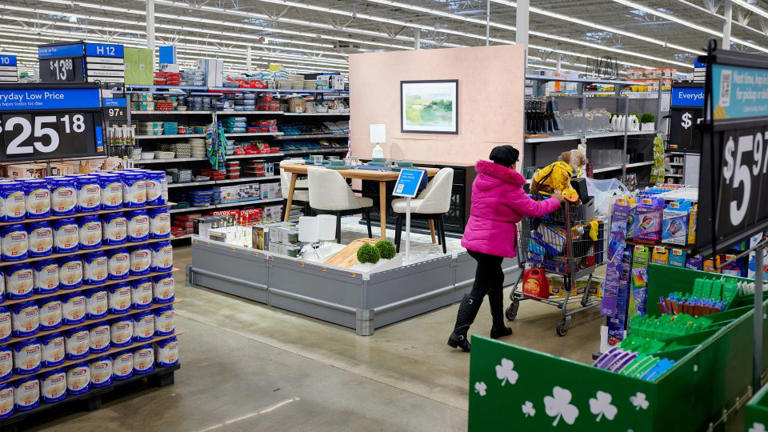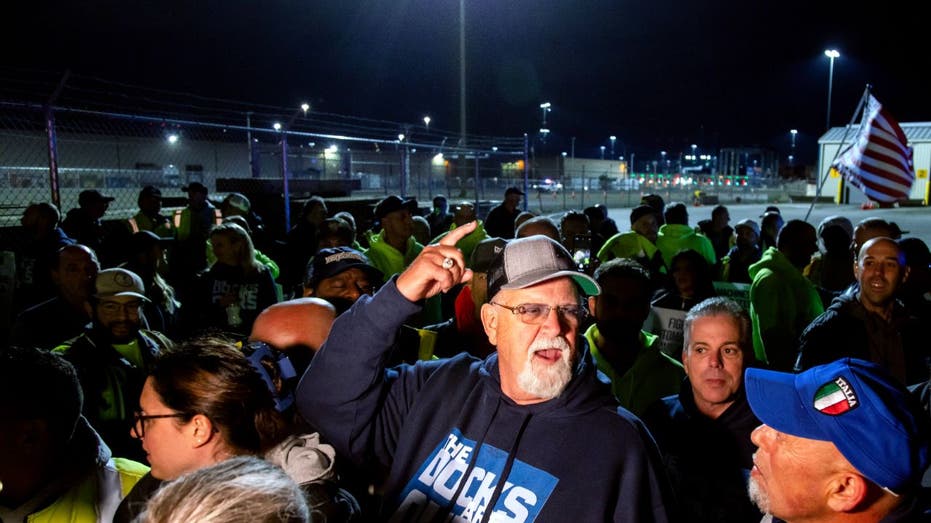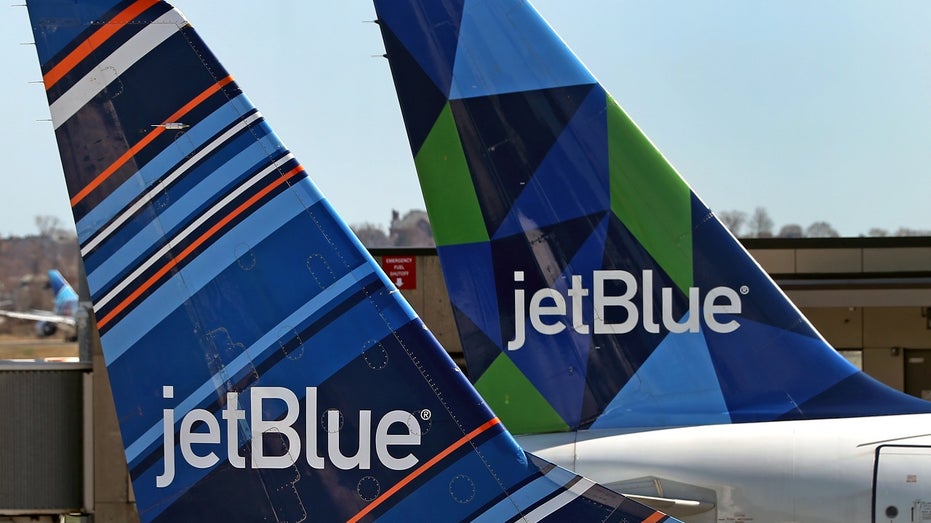Just 10 days ago, anxious markets were freaking out about the US economy, convinced that the recession we’ve avoided for three years was finally happening. It appears to have be a wild overreaction (amplified by some unrelated financial shenanigans) to a single report on the labor market.
The whole episode illustrates the folly of obsessing about a single data point when trying to assess the state of America’s broad and complicated economy.
Viewed on its own, the unexpectedly sharp rise in unemployment two weeks ago was a giant red flag. But the labor market didn’t just fall out of a coconut tree, as Vice President Kamala Harris might say. (It exists in the context of all in which we live and all that came before it.)
The truth is the economy is in pretty solid shape, and no serious economists are talking about an imminent recession. The truth is also that people feel strapped, that housing has become unaffordable for millions of Americans and that prices are not coming down even as inflation cools.
In the run-up to the election, politicians are going to seize on whichever economic narrative puts their agenda in the most favorable light. One way to do that is to zoom in on a single topic — supermarket prices, say — and steer clear of any contradictions or caveats that muddy the message.
Retail therapy
If you’re hunting for a happy economic stat for your stump speech, focus on spending.
The story of the American consumer is downright heroic at this point. For more than three years, we have shopped through all manner of crises. Pandemic lockdowns? Let’s buy stuff. Lockdowns lifted? Buy stuff. Wars abroad? Social upheaval? Wildfires? Floods? Shop. Shop. Shop.
Our national inclination toward retail therapy is what powered the economy out of the 2020 pandemic recession. Even after stimulus checks evaporated and interest rate hikes made borrowing more expensive, Americans have barely been slowed down.
From June to July, sales at US retailers surged by a stunning 1%, according to data released Thursday. Economists had expected a 0.3% gain.
Now, some context: Corporate earnings show that consumers aren’t tapped out, but they are increasingly focused on finding a bargain. Luxury brands are getting squeezed, while Walmart and Costco are thriving. Weak sales at Home Depot also suggest homeowners are putting off big projects, reflecting some uncertainty about personal finances.
Job growth
Another (mostly) bright spot for Democrats to campaign on is the labor market.
Even with some recent cracks forming, the state of employment is much better now than it was when President Joe Biden took office. Unemployment spiked in 2020 and was still elevated, at 6.3%, in January of 2021. For most of his term, it was below 4%, at or around its lowest in half a century. At 4.3% now, unemployment remains historically low.
But wait, there’s context: Job creation has been slowing down in the face of high interest rates, which make it harder for businesses to expand. More people have rejoined the labor force recently, which is a good thing, but it also pushes the monthly unemployment reading up.
After July’s unexpectedly sharp rise in unemployment, the labor market narrative got a little more complicated for Team Harris.
Hot housing
There’s not much you can do to sugarcoat it: The housing market sucks right now, whether you rent or own.
Shelter costs are the primary driver of the inflation America’s been slogging through the past three years. The median price for homes that have been previously owned was $427,000, an all-time high, and a more than 20% jump from three years ago, according to data from the National Association of Realtors.
The reasons are complex, and it’s not the fault of any one political party, though that’s never stopped either side from trying to saddle one another with blame.
In short: Housing supply was already tight when the pandemic hit, sparking a surge in demand and, naturally, higher prices. Then the Federal Reserve’s inflation-fighting campaign of higher interest rates helped drive mortgage rates up — from under 3% in 2020 to a peak of 7.2% this year.
There’s good news and bad: Mortgage rates are coming down (the average was 6.5% this week) and supply is going up, which should take some heat off prices. And with major changes coming to the way real-estate agent commissions are handled (thanks to a settlement with Biden’s particularly aggressive antitrust enforcers), buyers will have a bit more say over what they pay their broker.
The bad news is won’t get easier overnight. In June, economists at Bank of America warned that the US housing market is “stuck” and may not become unstuck until 2026 at the earliest.
“This will take many years to work itself out. There isn’t a magic fix,” Michael Gapen, head of US economics at Bank of America.“ The message for first-time homebuyers is one of patience and frustration.”
Inflation vs. Prices
It took three years, but the inflation fight is largely over. Incredibly, the independent (and stridently non-partisan) Federal Reserve managed to inflict just the right amount of pain on businesses and consumers to slow the economy down without crashing it into a ditch.
But prices and inflation aren’t the same.
Inflation refers to the speed at which prices move. The Fed targets a rate around 2% because it’s barely perceptible. If your $10 lunch becomes $10.20 over the course of a year, well, that’s just the way of the world.
But two years ago, when the economy was roaring back from its Covid slowdown, prices were going up across the board at a 9% clip, and we all felt the sting.
Prices aren’t going up as fast as they were, but they haven’t gone down, either.
Since the pandemic started, grocery prices — a particularly acute concern among voters — are up 20%. The problem is we all remember how recently our $200 grocery bill looked more like $160.
Demand is one factor keeping prices up. Corporations padding their margins is another, and the Harris campaign has signaled its plan to try to put a stop to so-called price-gouging.
To be clear: Even though lower prices sounds appealing, we definitely don’t want inflation’s evil cousin, deflation, entering the mix. The better outcome is already happening: Wage growth is outpacing food inflation.



